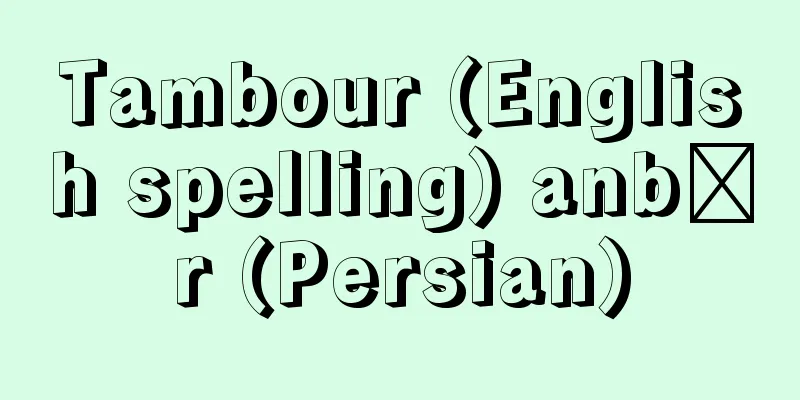Ten Worlds

|
A Buddhist term. The Chinese founder of the Tendai sect, Zhiyi, summarized the ten types of existence and states of beings in delusion and enlightenment as a doctrine. It is also called the Ten Realms. The existence of beings in delusion is divided into six types: hell, hungry ghost, animal, asura, human, and heaven. Beings in these realms are reincarnated in each of these realms depending on the karma of their actions, so they are called the six realms of reincarnation. The realm of enlightenment is divided into four realms: shravaka, pratyekabuddha (pity enlightened), bodhisattva, and buddha. These are collectively called the six ordinary and four saints. These worlds and states have already been described in Indian Buddhist scriptures, but Tiantai Zhiyi represents all living beings with the ten worlds, and teaches that all realms other than the Buddha realm are realms of delusion and suffering and incomplete enlightenment, but that since each of the ten realms contains and contains the other nine, all living beings in the ten realms will attain Buddhahood. This is called the mutual possession of the ten realms, which together make up a hundred realms, and is the basis of the Tiantai theory of Ichinen Sanzen, which states that three thousand worlds are contained in the mind in an instant. This is based on the fact that evil exists in the Buddha's nature, but evil is not done, and that hell has Buddha nature, but only evil acts and Buddha nature is not manifested. [Yoshimichi Shioiri] Source: Shogakukan Encyclopedia Nipponica About Encyclopedia Nipponica Information | Legend |
|
仏教の術語。迷いと悟りの生類の生存や境地を10種類として、中国天台宗の祖智顗(ちぎ)が教義としてまとめた。十法界(じっぽうかい)ともいう。迷いの生存は地獄(じごく)界、餓鬼(がき)界、畜生(ちくしょう)界、阿修羅(あしゅら)界、人間界、天上界の6種で、ここの生存はその行為の業(ごう)によってそれぞれの世界に転生するので六道輪廻(ろくどうりんね)という。悟りの境界は声聞(しょうもん)界、縁覚(えんがく)(独覚(どくかく))界、菩薩(ぼさつ)界、仏界の四界で、あわせて六凡四聖(ろくぼんししょう)ともいう。これらの世界や境地はインドの仏典ですでに説かれているが、天台智顗は、すべての生存を十界で代表させ、仏界以外は迷いと苦しみの世界や不完全の悟りであるが、十界おのおのが互いに他の九界を含み具備しているから、十界の生存であるすべての衆生(しゅじょう)は一切成仏(いっさいじょうぶつ)すると説く。これを十界互具(ごぐ)といい、あわせて百界とし、一瞬間の心のうちに三千の世界が具しているという天台一念三千(いちねんさんぜん)説の基となる。それは仏にも本性として悪は存するが悪は行われず、地獄にも仏性はあるが、悪の行為のみで、仏性は発現しないことを根拠とする。 [塩入良道] 出典 小学館 日本大百科全書(ニッポニカ)日本大百科全書(ニッポニカ)について 情報 | 凡例 |
>>: Decalogue; Ten Commandments
Recommend
Hugo - Victor Hugo
French poet, novelist, and playwright. Born in Be...
Push back - push back
A kabuki aragoto performance and the role it plays...
New York Cotton Exchange
…An international market for three commodities, o...
Cairo - English spelling
The capital of Egypt. Located 25 km south of the ...
Chloroacetic acid - Chlorosaxan
It is equivalent to the chlorine substitution pro...
Communal land ownership
…Land ownership is one way in which humans are co...
Liu Yao (English spelling)
[raw]? [Died] Kenpei 4 (333) The fifth emperor of ...
Amurrus
A nomadic people of Western Semitic origin, origin...
Okinawa ebine - Okinawa ebine
…(b) C. furcata Batem. (illustration) The flowers...
Saw (saw) - Saw
...(4) includes saws for wood, bamboo, metal cutt...
Uchimaki - Uchimaki
...A town in the Aso district in northern Kumamot...
Macabean war
A Jewish revolt against the Hellenistic policies ...
Eska
Abbreviation for Electron Spectroscopy for Chemic...
Zone melting
Zone melting is a method devised by Pfann in 1952 ...
Renan - Joseph Ernest Renan
French thinker, religious historian, and philolog...









